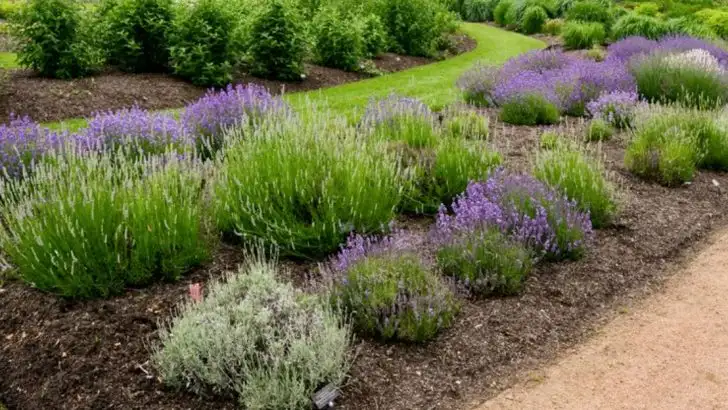Wind doesn’t stand a chance in your yard! Forget delicate petals shredded by every gust. Your garden shouldn’t look like a tumbleweed convention. Perennials collapse. Shrubs lean at guilt trips. You stake stakes, whisper sweet encouragements—and still watch them flop. No more wrestling plants in every breeze. Then along come the hardy renegades. Grasses sway like dancers instead of breaking. Evergreen shrubs stand like fortress walls. Climbing roses cling with gusto. They laugh at your wind gauge—stormproof sentinels of style and resilience. But not all that glitters survives a gale. Pretty favorites with shallow roots betray you at first blow. Hostas flop into puddles. Hydrangeas bow out early. Ditch them from your wish list before heartbreak hits. Ready to meet the 10 plants that thrive when the winds howl—and the 6 you’ll mourn after the first storm? Grab your gloves, steady your stakes, and let’s pick your next green warriors.
Rugosa Rose
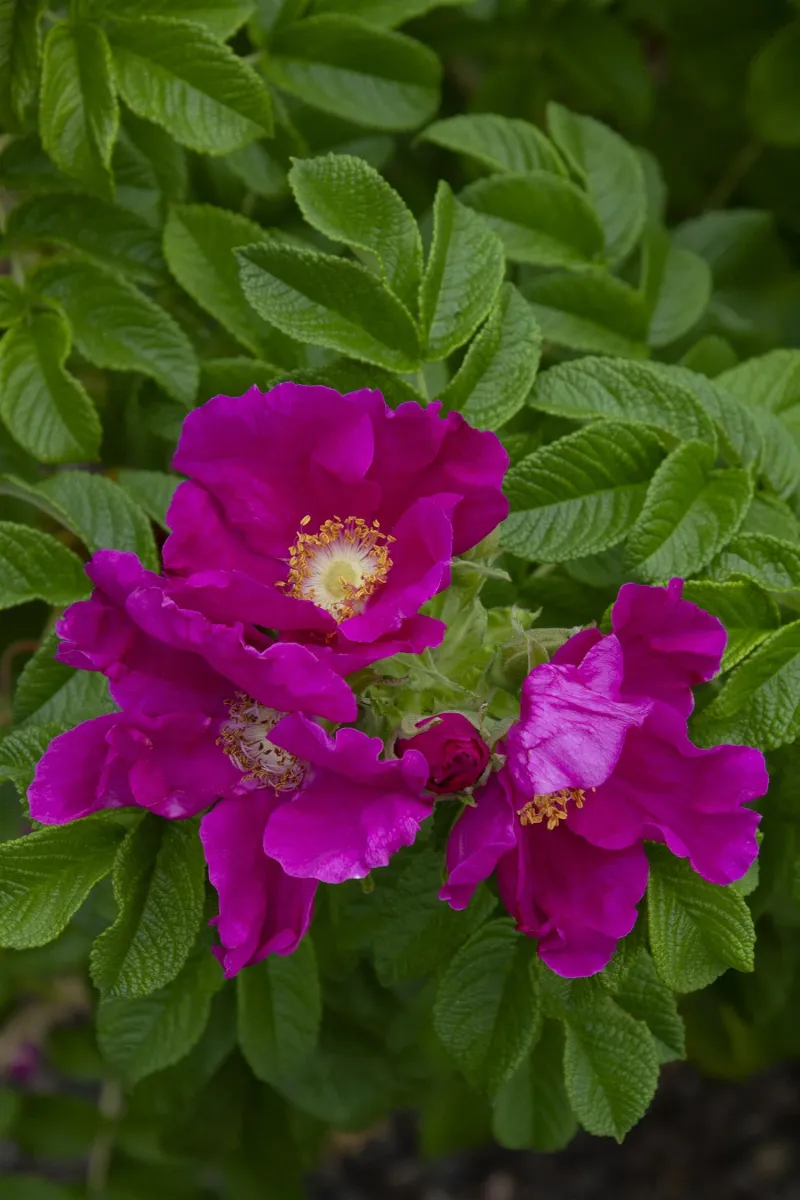
Rugosa Roses are celebrated for their robustness. Their thick, leathery leaves are not only charming but act as a natural shield against harsh winds. These roses bloom with vibrant pink flowers, bringing color to the garden even when the weather is less than ideal. In addition to their visual appeal, Rugosa Roses are highly resistant to salt spray, making them a favorite in coastal gardens. Their vigorous growth and tough constitution ensure they stand firm in windy conditions, providing a beautiful and resilient choice for gardeners seeking both aesthetics and durability.
New Zealand Flax
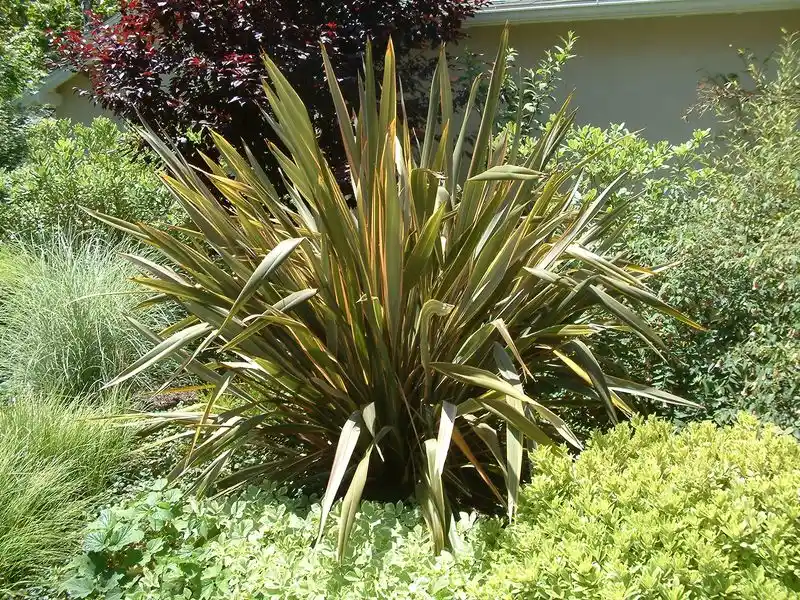
New Zealand Flax, with its striking architectural form, is perfect for windy areas. Its long, sword-like leaves come in a variety of colors, from deep greens to bronze and red, offering visual interest throughout the year. This hardy plant is not only wind-tolerant but also resilient to drought and poor soil, thriving when other plants might fail. Its ability to sway gracefully without damage makes it an excellent choice for adding structure and movement to a garden exposed to the elements.
Sea Thrift
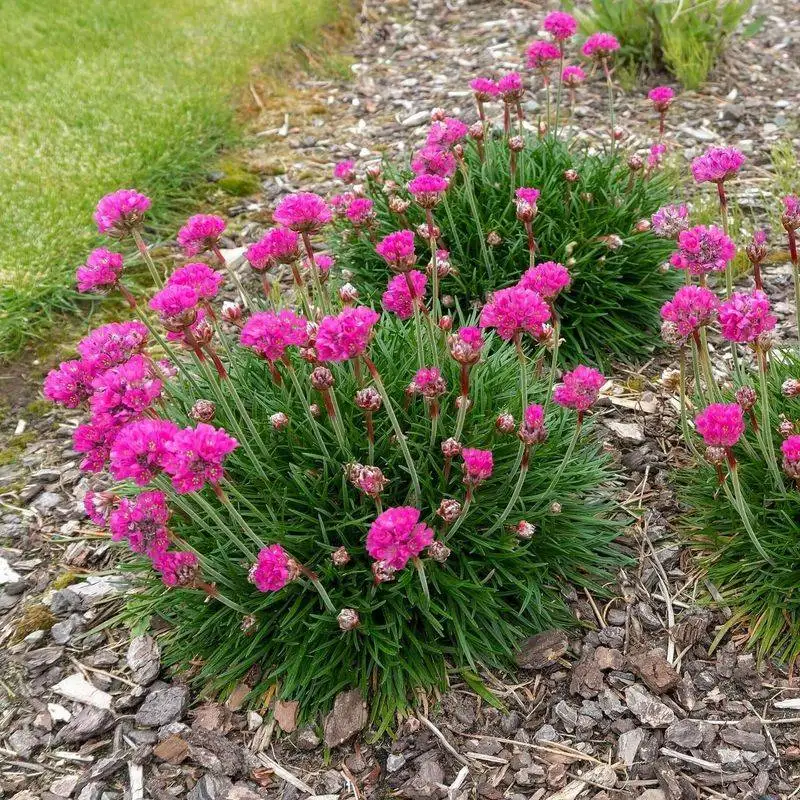
Sea Thrift, or Armeria maritima, is a tough little perennial that thrives in windy coastal areas. Its grassy tufts and globe-shaped pink flowers are not only a pretty sight but incredibly resilient. Adapted to poor, rocky soils, Sea Thrift can withstand harsh winds and salt spray, making it a perfect choice for seaside gardens. Its compact form and evergreen foliage provide year-round interest and stability in even the windiest of locations, proving that sometimes the smallest plants pack the biggest punch in resilience.
Lamb’s Ear
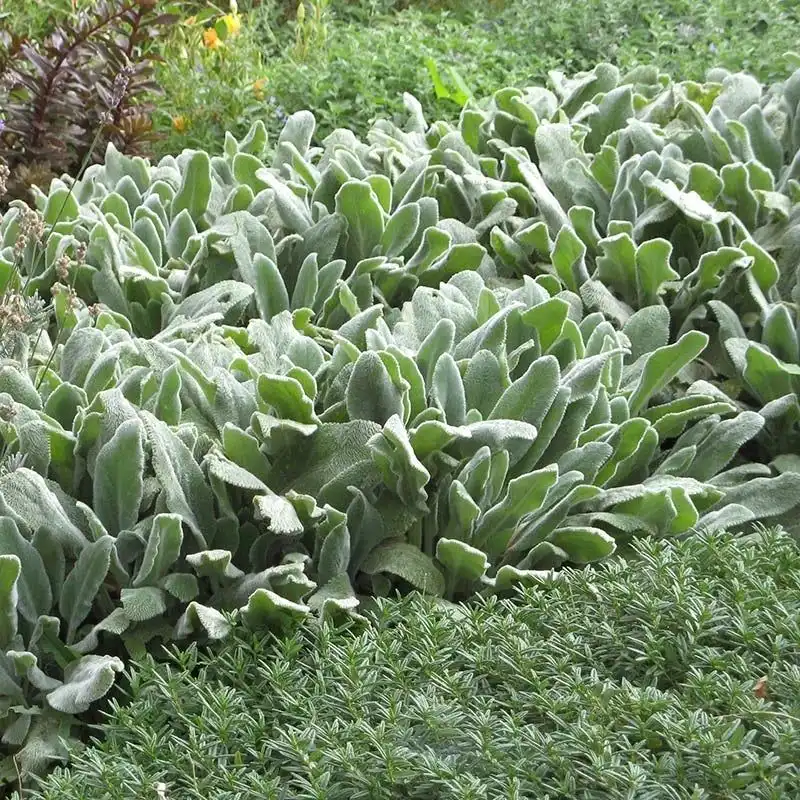
Lamb’s Ear, with its soft, velvety leaves, is not only a tactile delight but a hardy survivor. Its silvery foliage reflects sunlight, helping it to withstand the drying effects of wind. This plant’s low-growing nature and spreading habit allow it to form a dense mat, resisting wind erosion and keeping the soil anchored. Often used as a ground cover, Lamb’s Ear is perfect for adding both texture and resilience to gardens exposed to harsh winds, ensuring a lush and inviting landscape.
Japanese Anemone
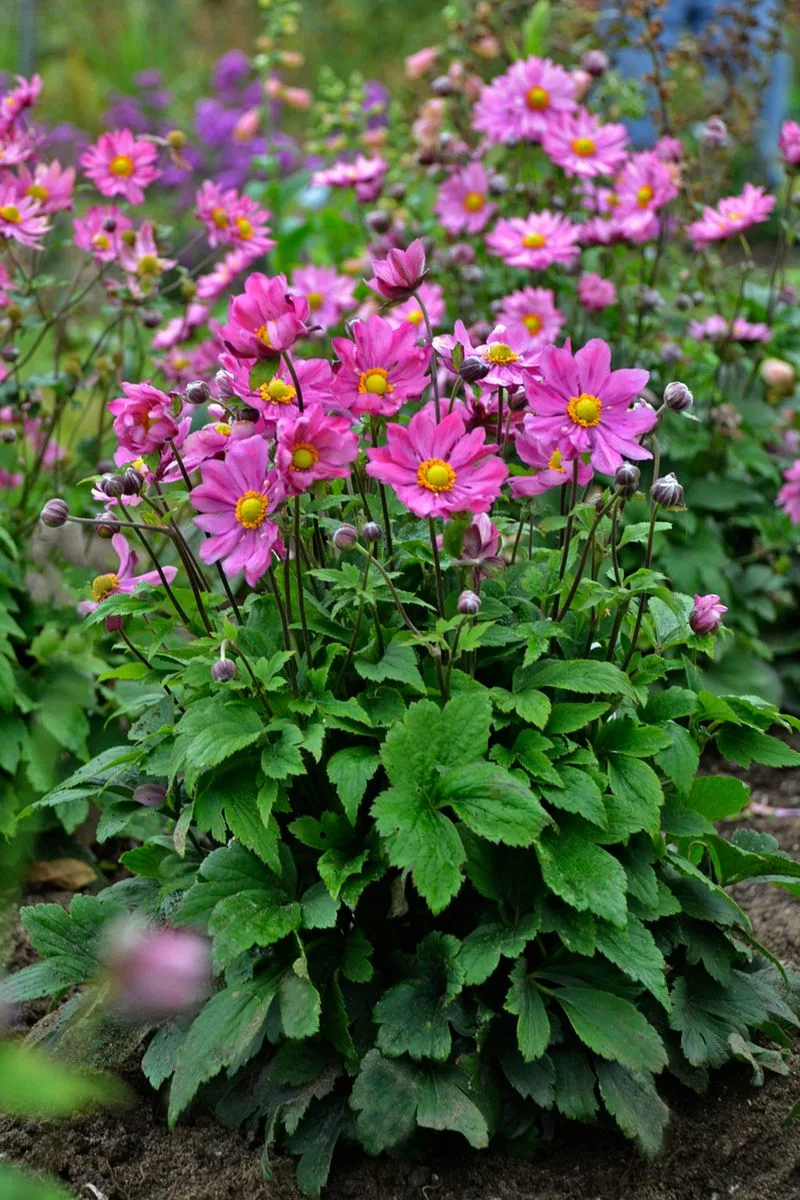
Japanese Anemones bring a touch of elegance to windy gardens. Their tall, slender stems allow them to sway gracefully without breaking, while their vibrant blooms add a splash of color in late summer and fall. These perennials thrive in partial shade and well-drained soil, making them versatile and adaptable. With their resilience and beauty, Japanese Anemones are a favorite among gardeners looking to create a serene and enduring landscape amidst challenging conditions.
Red Hot Poker
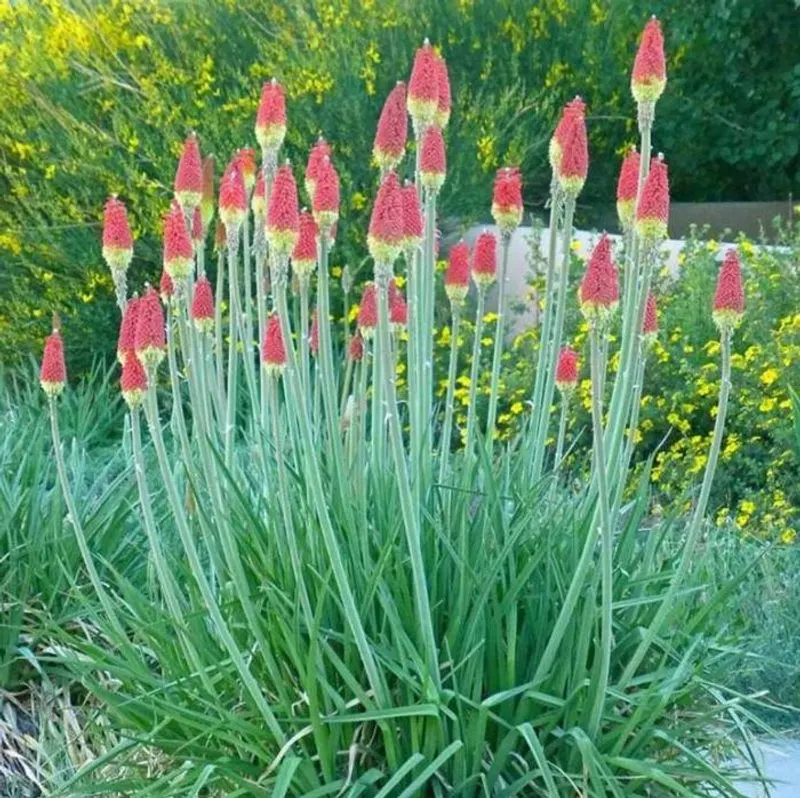
Red Hot Pokers, known for their striking, torch-like flowers, bring both color and resilience to windy locations. These perennials boast tall, sturdy stems that withstand gusty conditions, while their tubular blooms attract hummingbirds and pollinators. Adaptable to various soil types and drought-tolerant, Red Hot Pokers are a bold choice for adding vertical interest and vibrant hues to any garden. Their ability to thrive in less-than-ideal conditions makes them a stellar addition to windy landscapes.
Lavender
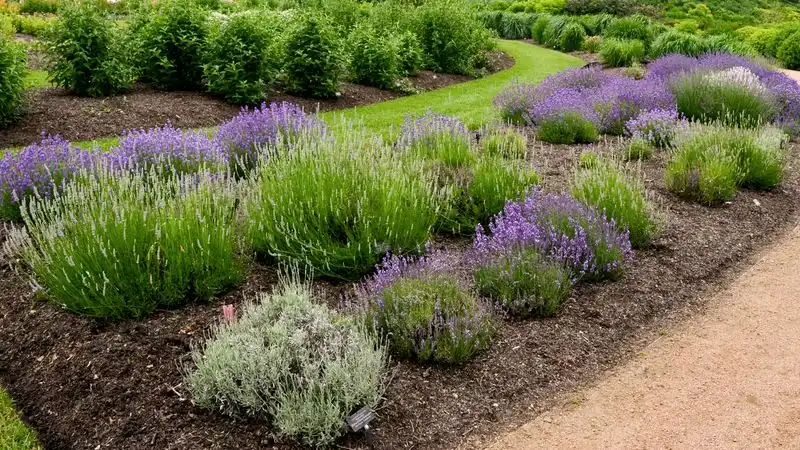
Lavender, famed for its soothing fragrance, is a tough contender in windy gardens. Its woody stems and narrow leaves are adapted to withstand both wind and drought, thriving in well-drained, sunny locations. The calming purple blooms not only attract bees but also bring a sense of tranquility to bustling environments. Lavender’s hardy nature and timeless appeal make it a beloved choice for gardeners aiming to create a serene, aromatic haven against the odds of blustery weather.
Grasses: Miscanthus
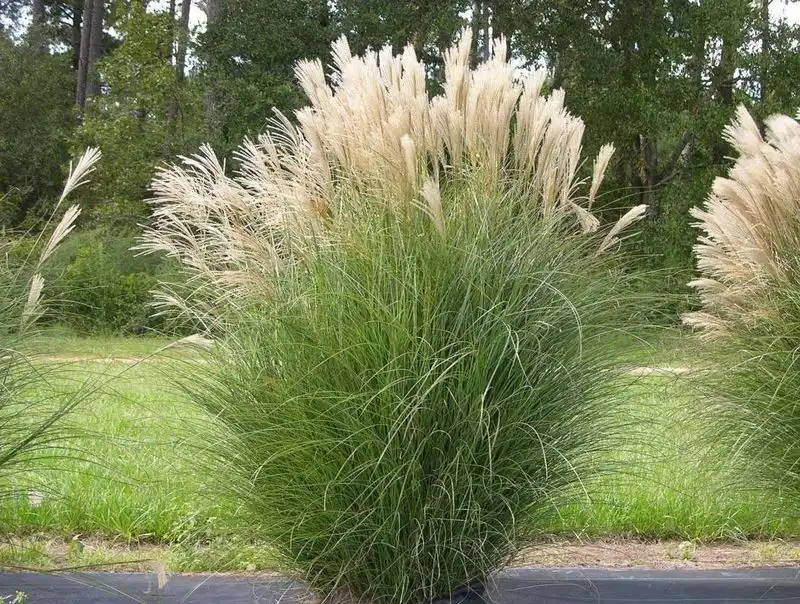
Miscanthus grasses are the epitome of elegance and resilience in windy gardens. Their tall, graceful form and feathery plumes dance beautifully in the breeze, providing movement and texture to landscapes. These grasses are tolerant of a range of conditions, from full sun to partial shade, and can adapt to various soil types. Their ability to withstand wind and their year-round interest make Miscanthus an invaluable addition to gardens looking for both beauty and durability.
Cotoneaster
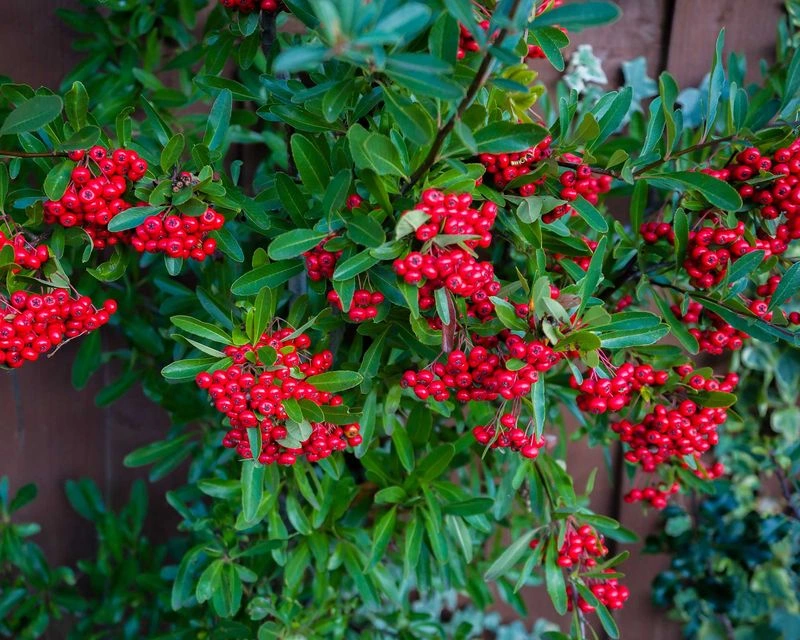
Cotoneaster is a versatile shrub known for its tough nature and ability to withstand windy conditions. Its dense foliage and spreading habit make it an excellent choice for stabilizing slopes and preventing soil erosion. In fall, Cotoneaster is adorned with bright red berries, adding a splash of color to the landscape. This hardy shrub thrives in a variety of conditions, from full sun to partial shade, and is a reliable choice for gardens exposed to the elements, offering both beauty and resilience.
Eucalyptus

Eucalyptus trees, with their aromatic foliage and iconic peeling bark, are well-suited for windy locations. Their tall, slender form and flexible branches enable them to sway without snapping, while their fast growth provides quick shelter from the wind. These trees are not only visually striking but also beneficial for their natural oil, which has a variety of uses. Eucalyptus’ adaptability to different soil types and resilience against strong winds make it a remarkable choice for wind-prone gardens.
Delphinium
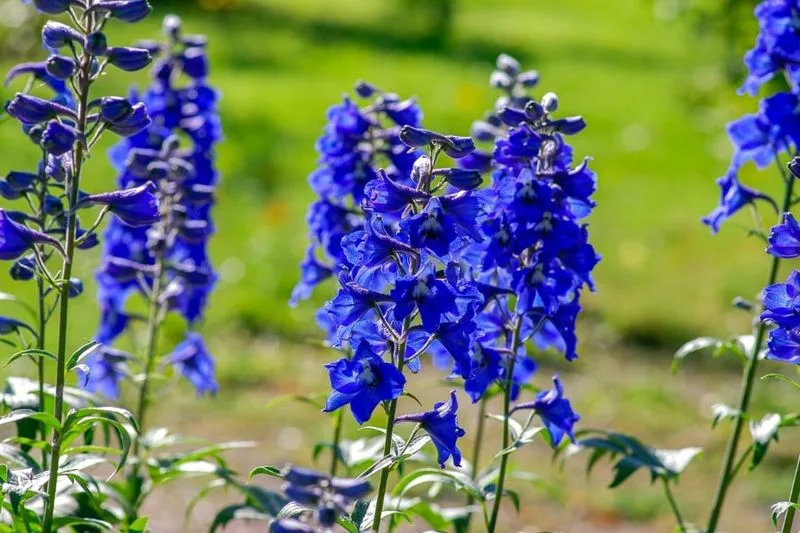
Delphiniums, with their towering spikes and vibrant blue flowers, are a sight to behold. However, their beauty belies a delicate nature, as they are highly susceptible to wind damage. These perennials require staking and protection from strong gusts to thrive. Delphiniums prefer rich, well-drained soil and a sheltered spot in the garden. While they can be a striking addition to any landscape, their vulnerability to wind makes them a risky choice for exposed areas, where they may struggle to survive.
Sunflower

Sunflowers, with their cheerful blooms, bring a touch of sunshine to any garden. However, their tall, heavy heads make them prone to snapping in strong winds. These annuals require support and careful placement in sheltered spots to flourish. Sunflowers thrive in full sun and well-drained soil, growing rapidly to create a stunning display. Despite their vulnerability to wind, their bright, towering presence makes them a popular choice for gardeners seeking a burst of color and joy.
Hollyhock
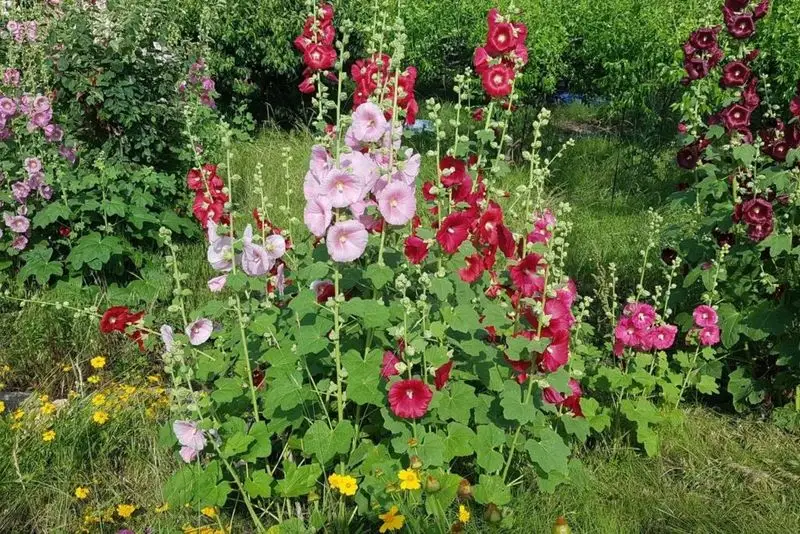
Hollyhocks are known for their tall, stately spires of colorful flowers. However, these beauties can be vulnerable in windy conditions. Their height and slender stalks make them susceptible to bending and breaking without proper support. Hollyhocks thrive in full sun and require staking to withstand strong winds. While they can add vertical interest and old-world charm to gardens, their fragility in blustery conditions must be considered when planting in exposed areas.
Poppies
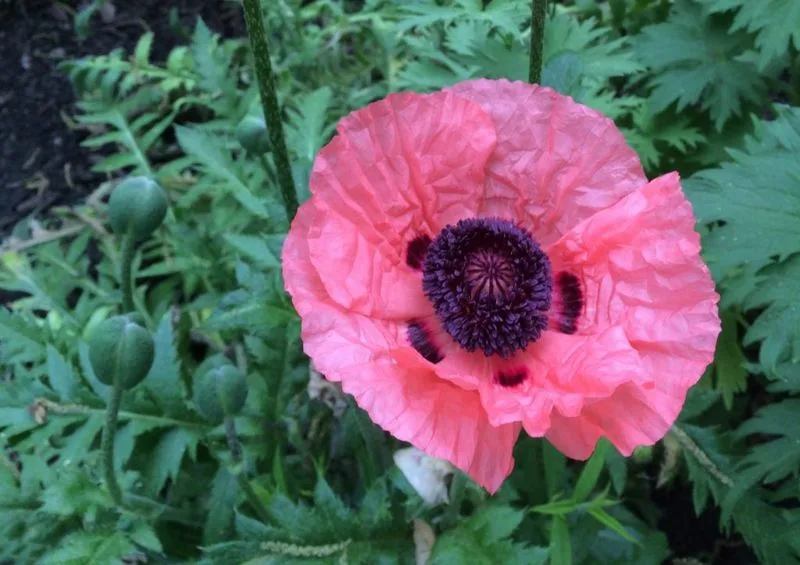
Poppies, with their delicate, papery petals, are a symbol of fleeting beauty. These vibrant blooms are particularly susceptible to wind, as their fragile petals can quickly be torn away by strong gusts. Poppies thrive in full sun and well-drained soil but need protection from harsh winds to maintain their stunning display. While they can add a splash of color to gardens, their vulnerability to wind damage makes them a challenging choice for exposed locations.
Snapdragon
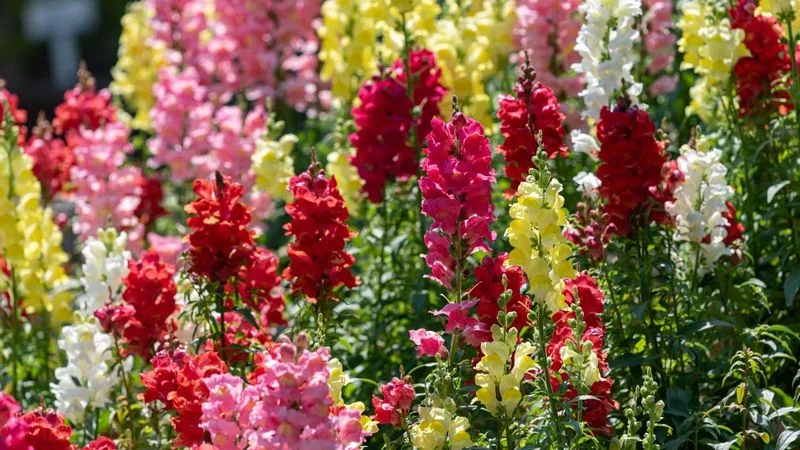
Snapdragons, known for their bright, cheerful blooms, can add a vibrant touch to any garden. However, their tall, slender spikes are vulnerable to wind damage, requiring careful placement in sheltered areas. These annuals thrive in full sun and well-drained soil, offering a burst of color throughout the growing season. While Snapdragons can be a delightful addition to garden beds and borders, their susceptibility to wind makes them a risky choice for exposed locations.
Peony
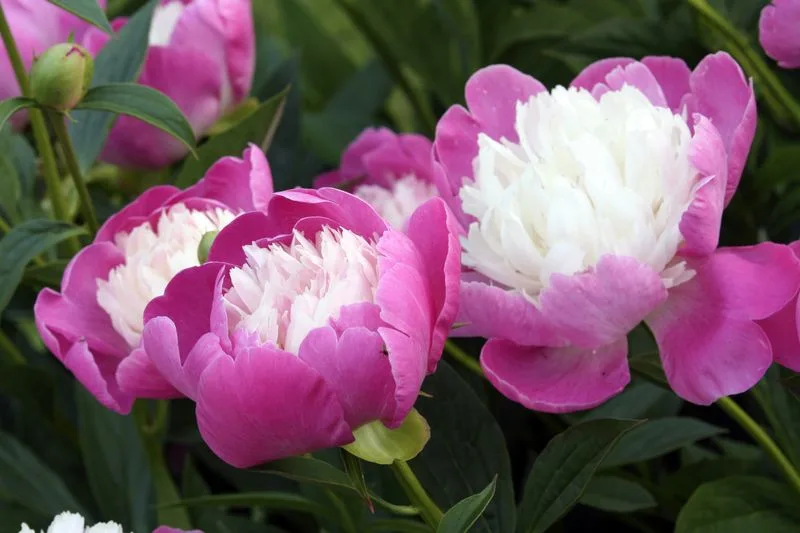
Peonies, with their lush, fragrant blooms, are a beloved choice for many gardeners. However, their large, heavy flowers can become waterlogged and damaged in windy conditions. These perennials require staking and a sheltered spot to thrive, preferring well-drained soil and full sun. While Peonies can add a touch of elegance and romance to gardens, their vulnerability to wind and rain means they need extra care and consideration in exposed areas.

